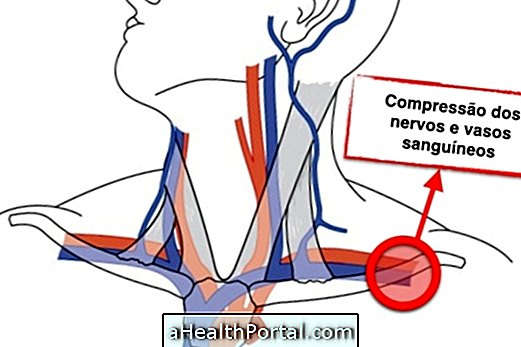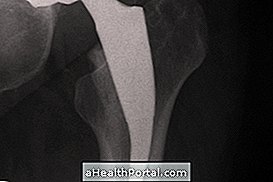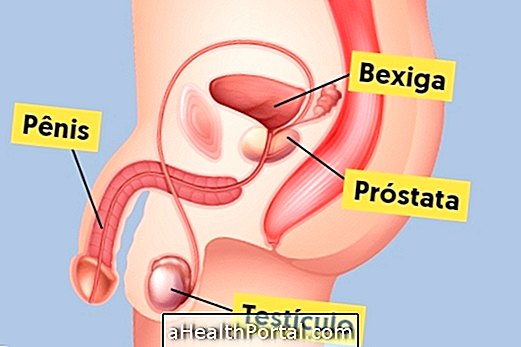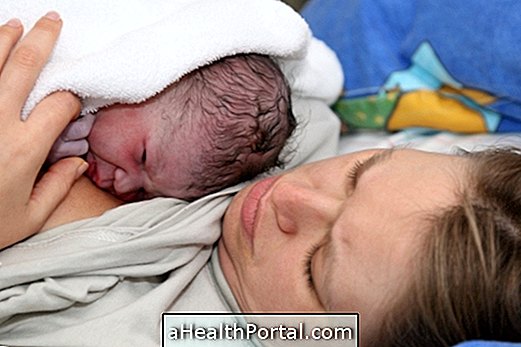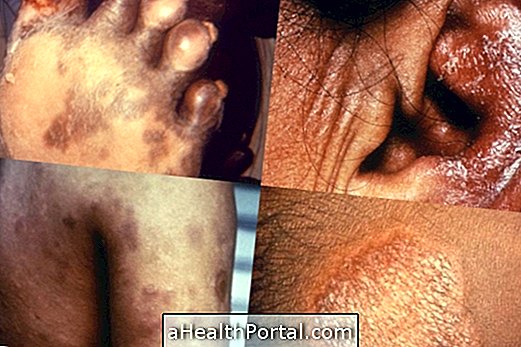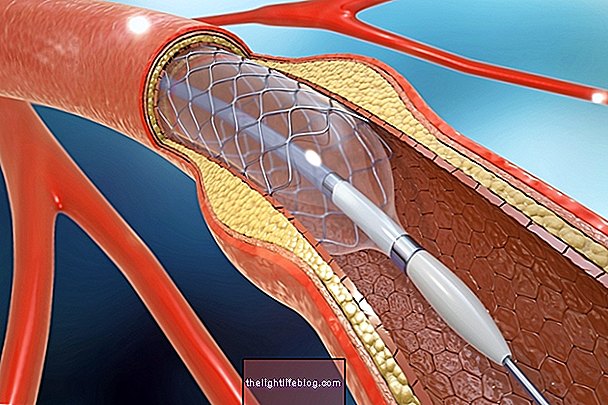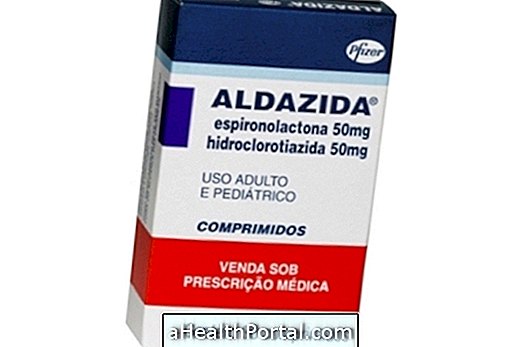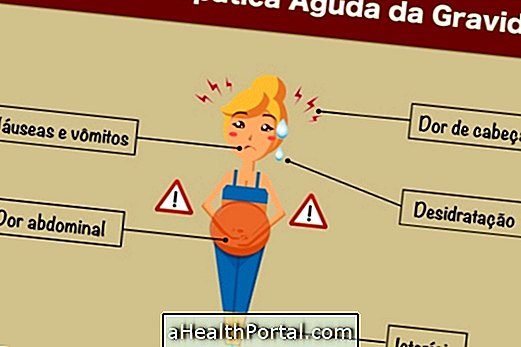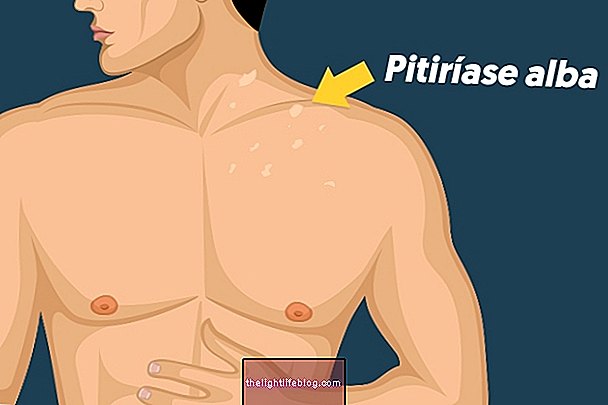The enthesophyte consists of a bone calcification that appears at the place where the tendon inserts into the bone, which usually happens in the heel region, giving rise to a "heel spur", as it is popularly known.
The formation of an enthesophyte is more common in people suffering from diseases such as arthritis or ankylosing spondylitis, but it can happen in anyone, causing symptoms such as stiffness and severe pain in the affected area.
Heel pain, caused by an enthesophyte, can be relieved with analgesics and anti-inflammatories and, in the most severe cases, with surgery.

Main symptoms
Symptoms vary according to the affected area, however, as it is more common for the enthesophyte to appear on the heel, symptoms usually include:
- Severe heel pain, especially when placing your foot on the floor;
- Swelling in the heel;
- Difficulty walking.
The pain caused by the enthesophyte may start as a slight discomfort and worsen over time. In addition, it is also common for the pain caused by the entesophyte to get worse when the person stands for a long time or has a great impact on the heel, such as during jumping or running.
See how to know if it is spur, or enthesophytic, in the heel and main causes.
How to confirm the diagnosis
The diagnosis is made by the doctor and consists of assessing the symptoms and observing where the person feels pain. In addition, it may also be necessary to perform an X-ray, ultrasound or magnetic resonance to observe the presence of bone calcification and confirm the diagnosis.
Possible causes
The emergence of the enthesophyte is more common in people suffering from diseases, such as rheumatoid arthritis, psoriatic arthritis, ankylosing spondylitis and gout.
Although it is more rare, the enthesophyte can also appear in people who suffer from obesity, due to the pressure exerted on the joints, in people who use certain joints a lot or as a result of an injury during the practice of physical exercise.
How the treatment is done
Treatment usually consists of resting the affected limb and taking the analgesic and anti-inflammatory drugs prescribed by the orthopedist, such as ibuprofen or naproxen, for example, and in some cases it is necessary to administer steroid injections to reduce inflammation. In addition, stretching exercises may also be indicated, which should be guided by a physiotherapist.
Check out some examples of exercises to relieve the symptoms of the entesophyte in the heel:

If the entesophyte is the result of an autoimmune disease, such as psoriatic arthritis, it may be necessary to control the disease with the appropriate treatment and, in this way, the doctor may guide you to another specialty. Learn more about psoriatic arthritis and see what the treatment consists of.
In cases where the injury is very serious and does not relieve with stretching, or with medication, it may be necessary to perform surgery to remove the enthesophyte. See the main ways of treating the enthesophyte in the heel.
Was this information helpful?
Yes No
Your opinion is important! Write here how we can improve our text:
Any questions? Click here to be answered.
Email in which you want to receive a reply:
Check the confirmation email we sent you.
Your name:
Reason for visit:
--- Choose your reason --- DiseaseLive betterHelp another personGain knowledge
Are you a health professional?
NoMedicalPharmaceuticalsNurseNutritionistBiomedicalPhysiotherapistBeauticianOther
Bibliography
- ROMANO, Miriam Aparecida et. al .. Pain in rheumatological disorders. Rev. Med. (São Paulo). Vol.80. 1.ed; 128-134, 2001
- SETH, K Williams et. al .. Heel pain — plantar fasciitis and Achilles enthesopathy. Clin Sports Med. Vol.23. 1.ed; 123-144, 2004
